Intercity
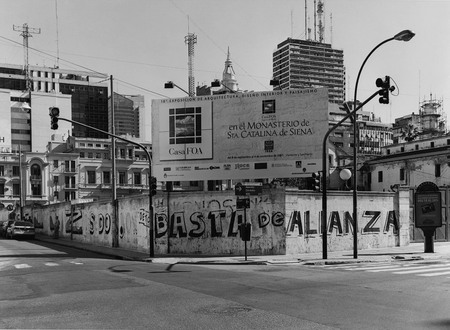
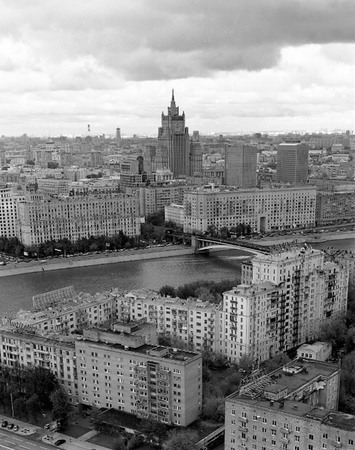
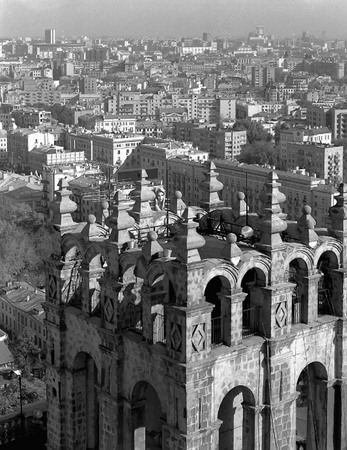
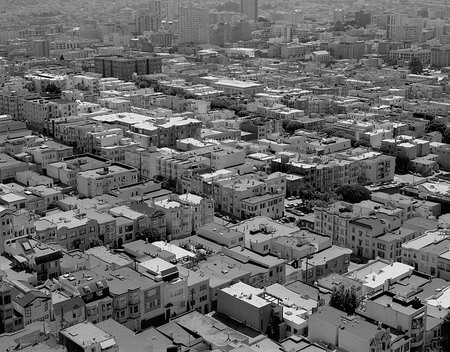
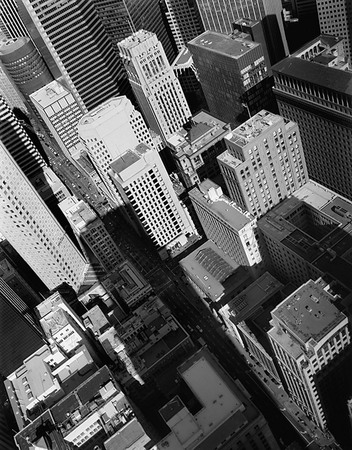
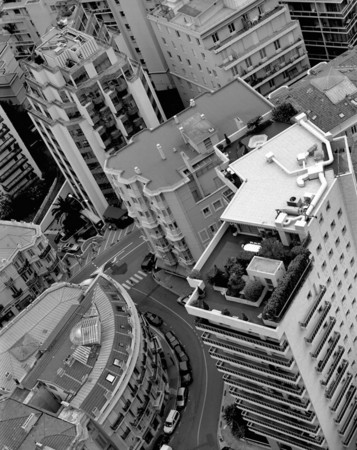
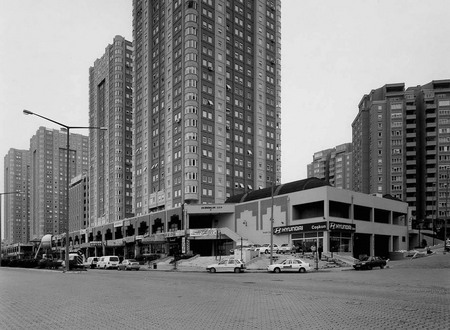
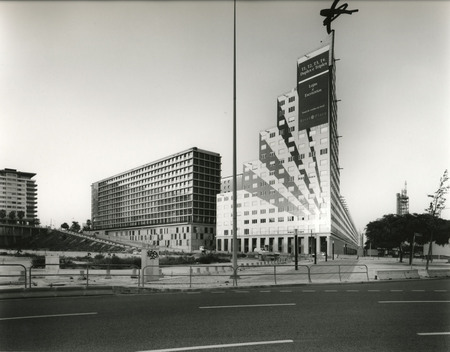
Gabriele Basilico. Buenos Aires. 2000s. © Gabriele Basilico
Gabriele Basilico. Moscow. 2000s. © Gabriele Basilico
Gabriele Basilico. Moscow. 2000s. © Gabriele Basilico
Gabriele Basilico. San Francisco. 2000s. © Gabriele Basilico
Gabriele Basilico. San Francisco. 2000s. © Gabriele Basilico
Gabriele Basilico. Monaco. 2000s. © Gabriele Basilico
Gabriele Basilico. Istanbul. 2000s. © Gabriele Basilico
Gabriele Basilico. Lisboa. 2005. © Gabriele Basilico
Moscow, 7.04.2010—15.05.2010
exhibition is over
“Capital City” Gallery
8 bld.1, Presnenskaya emb.
Share with friends
Artist’s collection, Milan
Presented by the Gallery Oliva Aruana, Madrid
Supported by Italian Institute of Culture
For the press
Gabriele Basilico Milan, March 2010
Urban landscape has been, and still is, the focal point of my research.
In a brief space of time, the urban zone has undergone an unprecedented change at a highly accelerated rate. Today it can be seen as a metaphore of society, a treasure chest full of evidence of contemporary life that is worth observing carefully.
I see the city as a great living being, growing and becoming transformed. What interests me is capturing its signs, watching its form, like a doctor monitoring the changes of the human body.
I am constantly on the look-out for new points of view, as if the city was a labyrinth and the eye was searching for a way in.
I try to read its aesthetic dimension as an exaltation of it form and structure, not for its actual beauty. My interest lies not in the classical beauty of important monuments, nor in architecture as an expression of culture and history, but in the ‘averageness’ of the city, and especially in the suburban reality where, architecturally speaking, the quality of the urban environment is diluted to a vanishing point.
The suburban subject is a matter of modernity. In the fortunate period of ‘Italian Neorealism’, authors such as Zavattini and directors such as Rossellini, Pasolini and De Sica gave a great deal of importance and visibility to the suburbs of italian cities, often using them as a key backdrop to their stories.
Furthermore, in the post-war years, the suburbs were an ideal site for architectural experiments.
Suburbia is a frontier par excellence. Often the works of great architects, stars of architectural culture, are infinitely declined in an anonimous and differentiated production that has zeroed its original genetical code.
This is often the most complex and cosmopolitan ground where cities’ boundaries break apart and where the scar tissue creates a new skin, often with unexpected traits.
I have taken photographs in different places in different cities near and far, but linked by common problems that are are inscribed in the wider picture of the transformation of the world.
Landscape, considered as a wider view, is only partially represented in my recent photos. Indeed I give a greater importance to the physical aspects of urban product, to the cognitive awareness of its form, according to an idea that escapes any kind of typological, historical/chronological or geographical paradigm.



